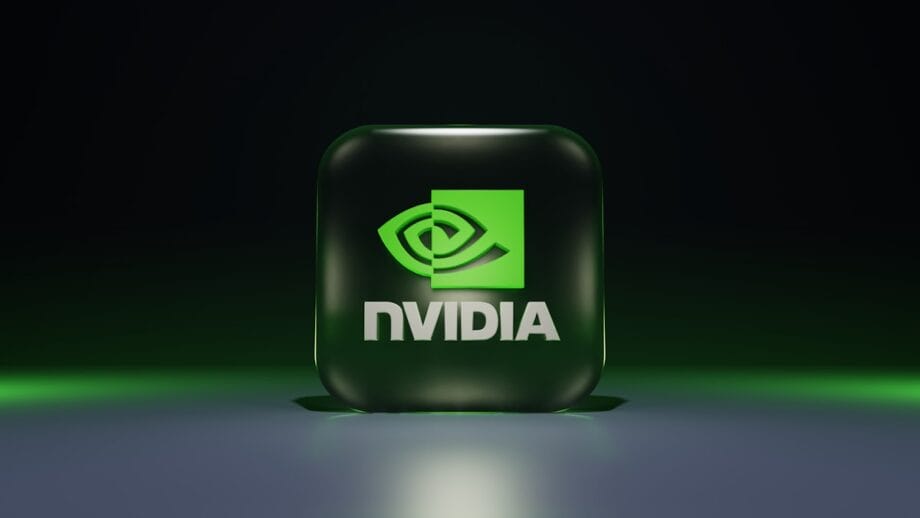China’s Strategic Push for Domestic AI Chips
The Chinese government is amplifying its endeavors to reduce dependence on American semiconductor technology, particularly from Nvidia, by advocating for indigenous alternatives geared towards artificial intelligence applications.
Recent edicts from Beijing emphasize the urgency for domestic enterprises to prioritize local AI chips. This initiative is a response to tightening U.S. export restrictions and reflects a broader ambition for technological autonomy.
The current landscape suggests that Chinese processors are now competitive with certain Nvidia products, including the H20, although analysts caution that significant performance disparities remain.
Industry giants such as Tencent Holdings Ltd. and Alibaba Group Holding Ltd. are proactively incorporating local chips within their AI frameworks. Notably, Tencent has announced its commitment to utilize domestic processors for its cloud computing services, as underscored in reports from the South China Morning Post.
This approach aligns seamlessly with Beijing’s vision to construct a comprehensive national AI ecosystem, incorporating chips, infrastructure, and applications, elaborated in an extensive analysis by the Mercator Institute for China Studies.
Government Mandates and Bans on Foreign Chips
In a notable escalation, Chinese officials have reportedly instituted a ban on major tech companies from procuring Nvidia’s latest AI chips targeted for the Chinese market, mandating a shift to local alternatives.
A recent article in the Financial Times indicates that this policy reflects enhanced confidence in domestic semiconductor innovation and serves as a form of trade posturing against the United States.
Discussions on social media platforms, including X (formerly Twitter), echo this sentiment, with users highlighting Beijing’s directives aimed at expediting AI chip development alongside vast data centers with robust financial backing for local firms.
The ramifications of this ban are already observable in state-supported initiatives. China Unicom, a major telecommunications entity, has deployed approximately 23,000 domestic AI chips sourced from entities like Alibaba’s T-Head division, Biren Technology, and MetaX within its Sanjiangyuan data center, as reported by Investing.com.
This venture signifies a robust effort for extensive adoption, albeit experts caution that Chinese semiconductor technology may lag behind Nvidia by five to ten years in various performance metrics, according to insights from Nature.
Industry Responses and Market Rally
Technology firms are demonstrating compliance through prominent presentations. Huawei Technologies Co. and other firms have showcased innovations in AI chip technology, sparking a remarkable stock market rally valued at $240 billion, as illustrated by Bloomberg.
Alibaba is actively engaged in developing a domestically engineered AI inference chip, with initial testing in progress, as noted by Data Center Dynamics.
Despite the mounting enthusiasm, formidable challenges persist. The broader acceptance of local chips is impeded by performance shortcomings, as mentioned in the Straits Times, where analysts point out that current Chinese offerings still fall short when executing complex tasks.
Posts from industry observers on X highlight subsidies covering up to 30% of procurement costs, facilitating this transition, while local government initiatives convert agricultural land into zones designated for data centers to bolster this infrastructure.
Policy Frameworks and Future Projections
Beijing’s initiatives trace back to its national AI strategy established in 2017, complemented by recent frameworks such as the New AI Industry Development Action Plan. This ambitious agenda allocates an extensive 1 trillion yuan ($137 billion) over a five-year horizon, as discussed in digital forums by technology analysts.
The funding aims to bridge the divide with U.S. supremacy in AI computational capabilities, with capital expenditure predictions for 2025 approximating $98 billion, inclusive of $56 billion from governmental sources.
Looking forward, China’s emphasis on applied artificial intelligence in sectors such as autonomous vehicles and robotics starkly contrasts the U.S. focus on cutting-edge models, as highlighted by insights from AI specialists on X.
The forthcoming 15th Five-Year Plan (2026-30) promises a heightened focus on humanoid robotics and brain-computer interfaces, as announced by China’s Minister of Industry and Information Technology, indicating a sustained trajectory of growth.
Global Implications and Competitive Dynamics
This pursuit of technological self-sufficiency is fundamentally altering global supply chains. Nvidia is reportedly developing a new Blackwell-based chip for the Chinese market that surpasses the H20, as indicated by sources in a Reuters report, amidst Beijing’s market restrictions targeting the company, discussed further in CNBC.

For European policymakers, comprehending these evolving dynamics is essential for navigating the competitive technology landscape, as outlined in the Mercator report.
In conclusion, while domestic chips are gaining traction through governmental mandates and financial incentives, achieving true equivalence with global market leaders hinges on overcoming persisting technical challenges.
Industry stakeholders are vigilantly observing the evolution of China’s strategic initiatives, which may drive innovation but also pose risks of detachment from international performance benchmarks.
Source link: Webpronews.com.






